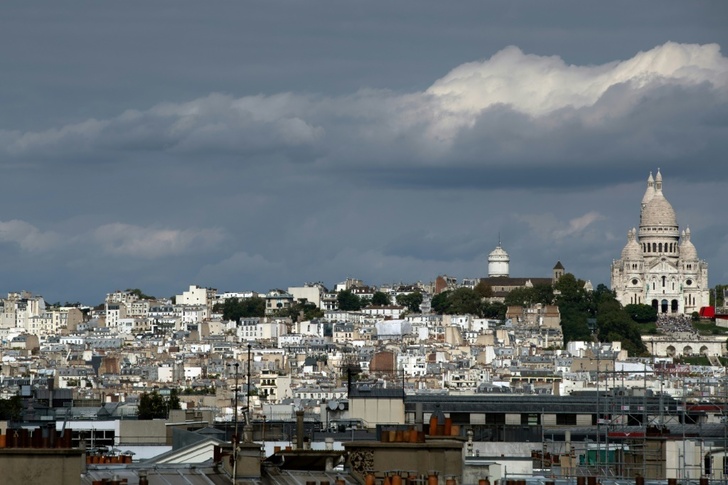The Sacre-Coeur basilica atop the hill of Montmartre in Paris will finally be classified as a protected historical monument, ending a long dispute embedded in the city's bloody revolutionary history.
Despite welcoming 11 million visitors per year -- second only to Notre-Dame cathedral -- officials have always shied away from granting it the extra funds and protection that come with the status.
That is because the basilica was a deliberate symbol, commissioned by conservatives, to mark the brutal crushing of anti-church revolutionaries following the Commune uprising of 1871.
"From the outset, the building has been associated with a very divisive political fringe: the ultra-Catholics," said Eric Fournier, a historian at Sorbonne university.
"It was a way to put down a district deemed insurrectionary... but also to wipe away memories of the Commune of 1871 and all the revolutions since 1789," he added.
Construction took from 1875 to 1923 and has remained a source of bitterness on the left -- right up to the vote on its status at the Council of Paris this week.

But Fournier, despite being left-wing, said the argument was no longer relevant "when we see how familiar the monument has become over the years".
A heritage official noted the new status also included the neighbouring Louise Michel Square, named after one of France's most famous revolutionaries from the period.
"It allows for a dialogue between two histories without allowing either to be forgotten."
The status has some concrete advantages, with 40 percent of maintenance costs now covered by the state.
There are already plans for greater disability access and renovation of the organ, with a longer-term project to open the crypt to visitors.
Local officials are next hoping to win world heritage status from UNESCO for the entire Montmartre hill.
pyv-kp/er/bp
© Agence France-Presse
Your content is great. However, if any of the content contained herein violates any rights of yours, including those of copyright, please contact us immediately by e-mail at media[@]kissrpr.com.
Source: Story.KISSPR.com

